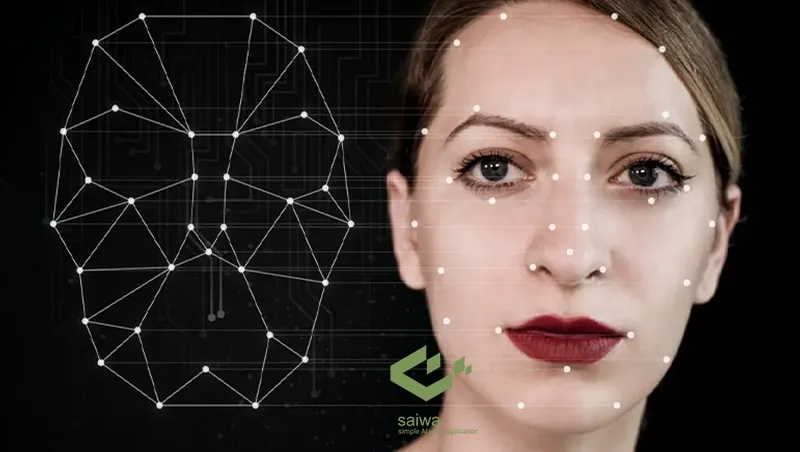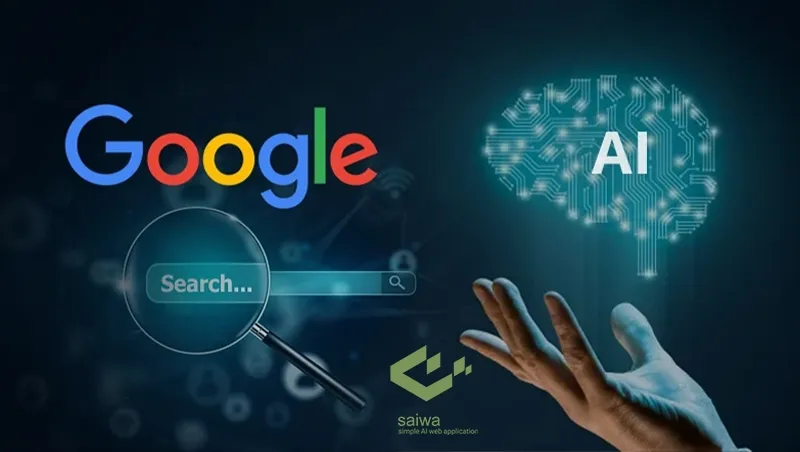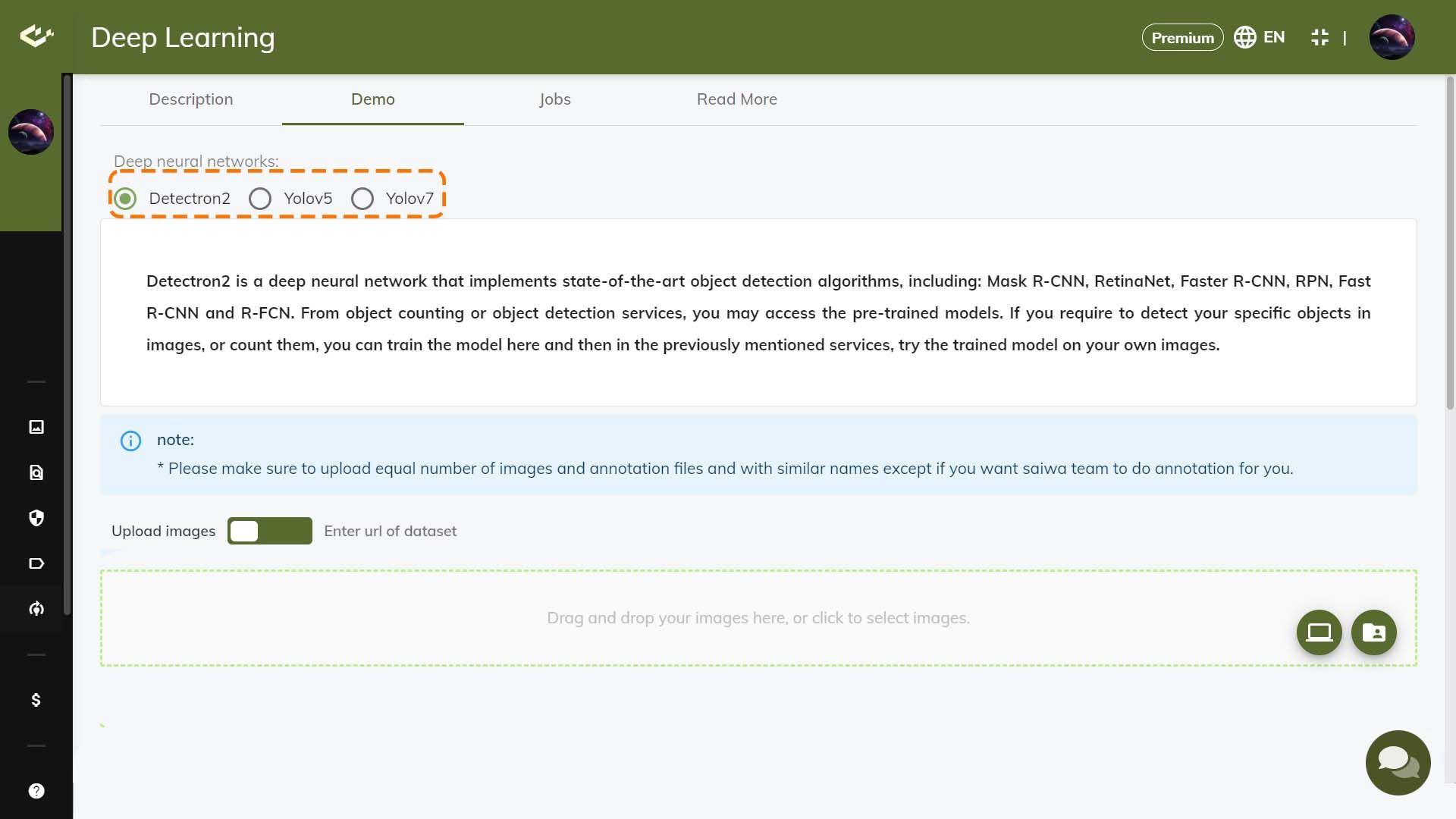
Top AI Trends in 2024 | Future Of AI
Artificial intelligence (AI) is rapidly transforming our world, driving innovation across various domains. As we enter 2024, several key trends are poised to shape the future of intelligent systems. This article explores these trends, delving into their technical underpinnings, potential applications, and broader societal implications.
The year 2023 witnessed significant advancements in AI, with breakthroughs in areas like large language models (LLMs), computer vision, and reinforcement learning. These advancements are paving the way for a new era of AI applications that are more versatile, efficient, and capable of interacting with the world in increasingly sophisticated ways.
In 2024, we can expect to see continued progress on these existing trends, alongside the emergence of new approaches that push the boundaries of what AI can achieve. This article will examine seven key trends that are likely to dominate the AI landscape in 2024:
Advancements in Large Language Models (LLMs)
Multimodal AI
XAI (eXplainable AI)
AI-Generated Media and Deepfakes
Open Source AI
AI Coding
Edge AI and the Internet of Things (IoT)
Intelligent Apps & AI for Personalization
AI-Powered Online Search
By understanding these trends, we can gain valuable insights into the trajectory of AI development and its potential impact on various aspects of our lives.

Advancements in Large Language Models (LLMs)
Large language models (LLMs) have emerged as one of the most transformative areas in AI research. These are complex neural networks trained on massive amounts of text data, enabling them to perform a wide range of tasks such as generating human-quality text, translating languages, writing different kinds of creative content, and answering your questions in an informative way.
In 2024, we can expect further advancements in LLMs along several dimensions:
Increased Scale and Capabilities: LLMs are likely to become even larger, trained on ever-growing datasets of text and code. This will lead to enhanced capabilities in areas like reasoning, summarization, and question-answering.
Focus on Explainability and Trust: As LLMs become more powerful, there will be a growing emphasis on explainability and trust. Researchers will develop new techniques to understand how LLMs arrive at their outputs, fostering transparency and mitigating potential biases.
Integration with Real-World Applications: We will see increased integration of LLMs with real-world applications. This could include using LLMs for intelligent tutoring systems, personalized customer service chatbots, or even as co-authors for creative writing projects.
The continued development of LLMs holds immense promise for revolutionizing the way we interact with computers and access information. However, it is crucial to address potential challenges such as bias in training data and the ethical implications of powerful language generation capabilities.
Multimodal AI
Multimodal AI refers to the ability of AI systems to process and understand information from multiple modalities, such as text, images, audio, and video. This enables a more comprehensive understanding of the world compared to systems that rely on a single modality.
In 2024, multimodal AI is anticipated to experience significant growth:
Fusion and Reasoning Across Modalities: Research will focus on developing techniques for effectively fusing information from different modalities. This will allow AI systems to reason across different data types, leading to more accurate and robust decision-making.
Applications in Robotics and Perception: Multimodal AI will play a crucial role in advancing robotics and perception capabilities. Robots equipped with multimodal AI can better understand their surroundings and interact with the physical world in a more nuanced way.
Enhanced Human-Computer Interaction: Multimodal AI can create new avenues for human-computer interaction. Imagine using natural language, gestures, and even facial expressions to interact with computers, leading to a more intuitive and immersive user experience.
The development of multimodal AI holds significant promise for various applications, from self-driving cars that can navigate complex environments to healthcare diagnostics that leverage medical images, patient history, and other data sources.
However, challenges remain in areas like data synchronization and developing
XAI (eXplainable AI)
As AI systems become increasingly complex and powerful, there’s a growing need for XAI (eXplainable AI) techniques. XAI aims to make the decision-making processes of AI models more understandable and transparent. This is crucial for several reasons:
Trust and Accountability: When users can understand how an AI system arrives at a decision, it fosters trust and allows for accountability. This is particularly important for applications where AI decisions have significant consequences, such as loan approvals or medical diagnoses.
Debugging and Improvement: By understanding how an AI model reasons, developers can identify potential biases or errors in the model and work towards improvement.
Human-AI Collaboration: Explainable AI can facilitate effective human-AI collaboration. When humans understand the rationale behind an AI’s recommendations, they can better evaluate its suggestions and make informed decisions.
There are various approaches to XAI, including:
Feature Importance: Techniques that highlight which features in the data were most influential in the model’s decision can provide insights into its reasoning process.
Model-Agnostic Explainable Methods (MEAL): These methods can be applied to any machine learning model to explain its predictions. They work by building simpler models that approximate the behavior of the original complex model.
Visualizations: Visualizing the decision boundaries or internal workings of an AI model can aid in understanding its behavior.
While XAI is an active area of research, progress is being made in developing techniques to explain the inner workings of complex AI models. Integrating XAI principles into AI development is crucial for building trustworthy and reliable intelligent systems.
AI-Generated Media and Deepfakes

AI-generated media, encompassing techniques like deepfakes, is another area witnessing rapid advancements. Deepfakes are synthetic media in which a person’s face or voice is replaced with another person’s likeness.
While deepfakes have raised concerns about potential misuse, they also hold promise for creative applications.
In 2024, we can expect to see progress in both the capabilities and responsible use of AI-generated media:
Improved Realism and Control: AI systems for generating realistic audio, video, and images will continue to improve.
This will require advancements in generative models and techniques for handling complex factors like lighting, shadows, and facial expressions.
Additionally, there will likely be a focus on developing user-friendly tools that allow for greater control over the generation process.
Mitigating Misuse and Fostering Transparency: As deepfakes become more sophisticated, there will be a growing emphasis on mitigating their misuse.
This could involve developing techniques for deepfake detection, establishing clear guidelines for responsible use, and promoting media literacy to help people discern genuine from synthetic content.
Creative Applications in Entertainment and Education: AI-generated media can unlock new creative possibilities in entertainment and education. Imagine generating personalized educational videos with virtual instructors or creating immersive virtual reality experiences with AI-powered characters.
The development of AI-generated media presents both opportunities and challenges. By promoting responsible use and leveraging its creative potential, we can harness this technology for positive societal impact.
Open Source AI
Open source AI refers to the development and sharing of AI code, models, and datasets under open licenses. This collaborative approach fosters innovation and accelerates the pace of AI development.
In 2024, open-source AI is expected to gain further momentum:
Accessibility and Democratization of AI: Open-source AI allows smaller companies and researchers to access and build upon existing tools and resources, democratizing AI development and fostering innovation beyond large corporations.
Collaboration and Faster Progress: Open source fosters collaboration among researchers and developers globally, leading to faster progress in AI research and development. Shared codebases and datasets can accelerate the creation of new AI models and applications.
Addressing Ethical Concerns: Open-source AI can play a role in addressing ethical concerns surrounding AI development. By making code and models publicly accessible, there is greater transparency and opportunity for public scrutiny, potentially mitigating potential biases or unintended consequences.
While open-source AI offers numerous benefits, challenges remain in areas like ensuring code quality, maintaining documentation, and fostering sustainable development models for open-source projects.
AI Coding
AI coding, also known as AI-assisted programming, refers to the use of AI techniques to automate or augment various aspects of the software development process. This can involve tasks like code generation, code completion, and bug detection.
In 2024, AI coding is likely to see significant advancements:
Improved Code Quality and Efficiency: AI-powered tools can help developers write cleaner, more efficient code by automating repetitive tasks, suggesting code improvements, and identifying potential errors. This can lead to faster development cycles and higher quality software.
Democratization of Software Development: AI coding tools can empower individuals with less programming experience to create basic applications or automate tasks. This could democratize software development and make it more accessible to a wider range of people.
Focus on Explainability and Human-AI Collaboration: As AI coding tools become more sophisticated, there will be a growing emphasis on explainability. Developers need to understand how the AI is generating code and recommendations to ensure trust and maintain control over the development process. The future of AI coding lies in human-AI collaboration, where developers leverage AI tools to enhance their productivity and creativity.
While AI coding holds tremendous promise for streamlining software development, challenges include potential biases in training data for AI models and the need for developers to develop new skillsets for working effectively with AI collaborators.
Edge AI and the Internet of Things (IoT)
Edge AI refers to the processing of data at the network’s edge, closer to where the data is generated, rather than relying solely on centralized cloud computing.
This is particularly relevant for Internet of Things (IoT) devices, which often generate large amounts of data that can be computationally expensive to transmit to the cloud.
In 2024, the convergence of edge AI and IoT is expected to accelerate:
Improved Efficiency and Scalability: Processing data locally on edge devices reduces latency and bandwidth requirements, making AI applications more efficient and scalable for large numbers of IoT devices.
Privacy and Security Benefits: Edge AI can help address privacy concerns by keeping data processing closer to the source and potentially reducing the amount of data that needs to be transmitted to the cloud. This can be particularly important for sensitive data collected by IoT devices.
Emergence of New Applications: The combination of edge AI and IoT will enable a new wave of intelligent applications. Imagine smart factories with AI-powered machines that can perform real-time anomaly detection or predictive maintenance, or smart homes with intelligent appliances that learn user preferences and optimize energy consumption.
However, challenges remain in areas like developing low-power and resource-efficient AI models for edge devices, ensuring security and privacy at the edge, and managing the complexity of distributed AI systems.
Intelligent Apps & AI for Personalization
The use of AI to personalize user experiences across various applications is another significant trend in 2024.
AI-powered Recommendations: AI can personalize recommendations for products, content, or services based on a user’s past behavior, preferences, and context. This can be seen in e-commerce platforms, streaming services, and even educational apps that tailor learning experiences to individual needs.
Adaptive Interfaces and User Experience: AI can personalize user interfaces and interactions based on user behavior and preferences. Imagine an AI assistant that adapts its communication style or the layout of a mobile app to individual users.
AI-powered Customer Service: AI assistance chatbots and virtual assistants powered by natural language processing can provide personalized customer service experiences, resolving issues efficiently and offering proactive support.
The use of AI for personalization can enhance user experience, engagement, and satisfaction. However, it is crucial to address concerns about data privacy and potential bias in personalization algorithms.
AI-Powered Online Search

Online search engines are increasingly leveraging AI to provide more relevant and comprehensive search results.
Understanding User Intent and Context: AI can go beyond keyword matching to understand the user’s intent and context behind a search query. This allows search engines to provide more nuanced and relevant results.
Knowledge Graphs and Entity Search: AI can be used to build knowledge graphs that connect entities and concepts, enabling search engines to understand the relationships between different search terms and provide more informative results.
Personalized Search Results: Search engines can personalize results based on a user’s search history, location, and other factors, offering a more tailored search experience.
AI-powered search engines hold the potential to revolutionize the way we access information online. However, challenges remain in areas like mitigating bias in search algorithms and ensuring the accuracy and trustworthiness of search results.
Conclusion
The year 2024 promises to be a pivotal year for AI advancements. The trends discussed in this article – advancements in LLMs, multimodal AI, AI-generated media, open source AI, AI coding, edge AI, AI for personalization, and AI-powered search – represent a diverse range of developments that are poised to shape the future of intelligent systems.
As AI continues to evolve, it is crucial to consider the ethical implications of these technologies and ensure their development and deployment are aligned with human values and societal well-being. By fostering responsible AI development, we can harness the power of AI to address global challenges, improve our lives, and create a more sustainable future.
This article has provided a high-level overview of some of the key trends in AI for 2024. As the field is constantly evolving, it is important to stay informed about the latest developments and engage in thoughtful discussions about the future of AI.
